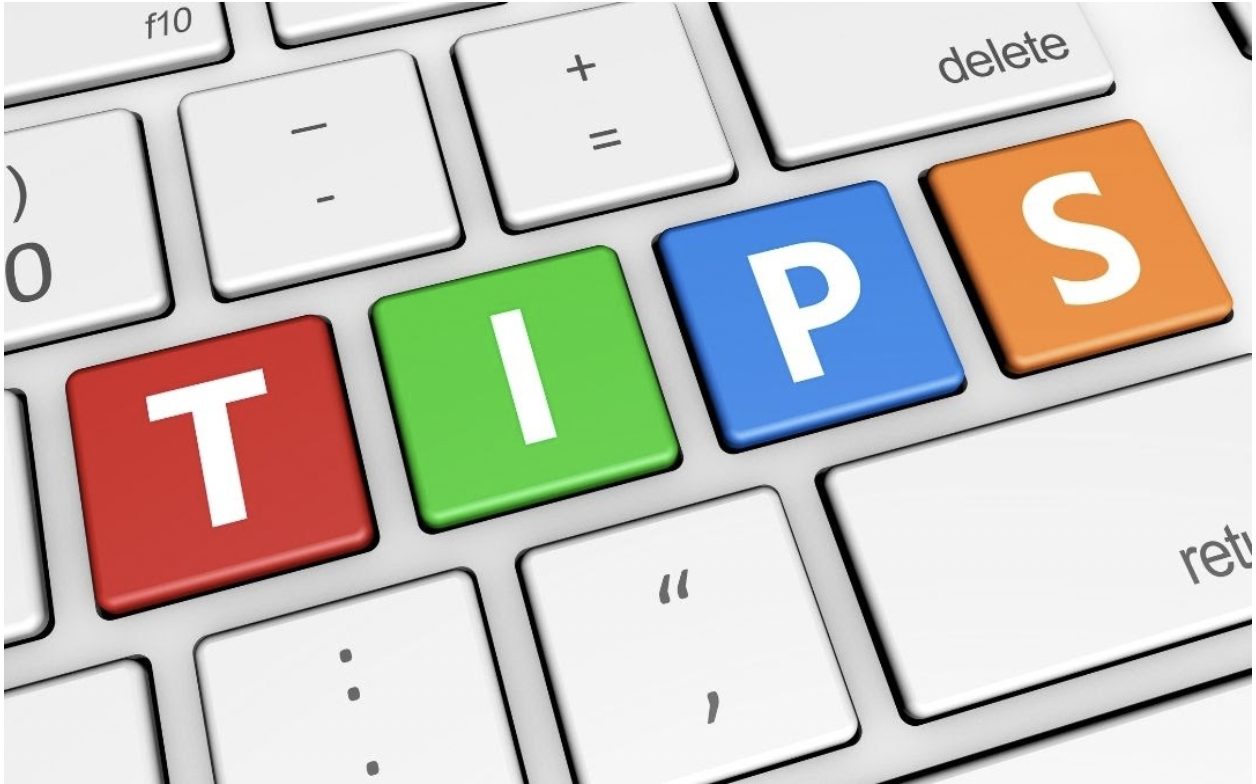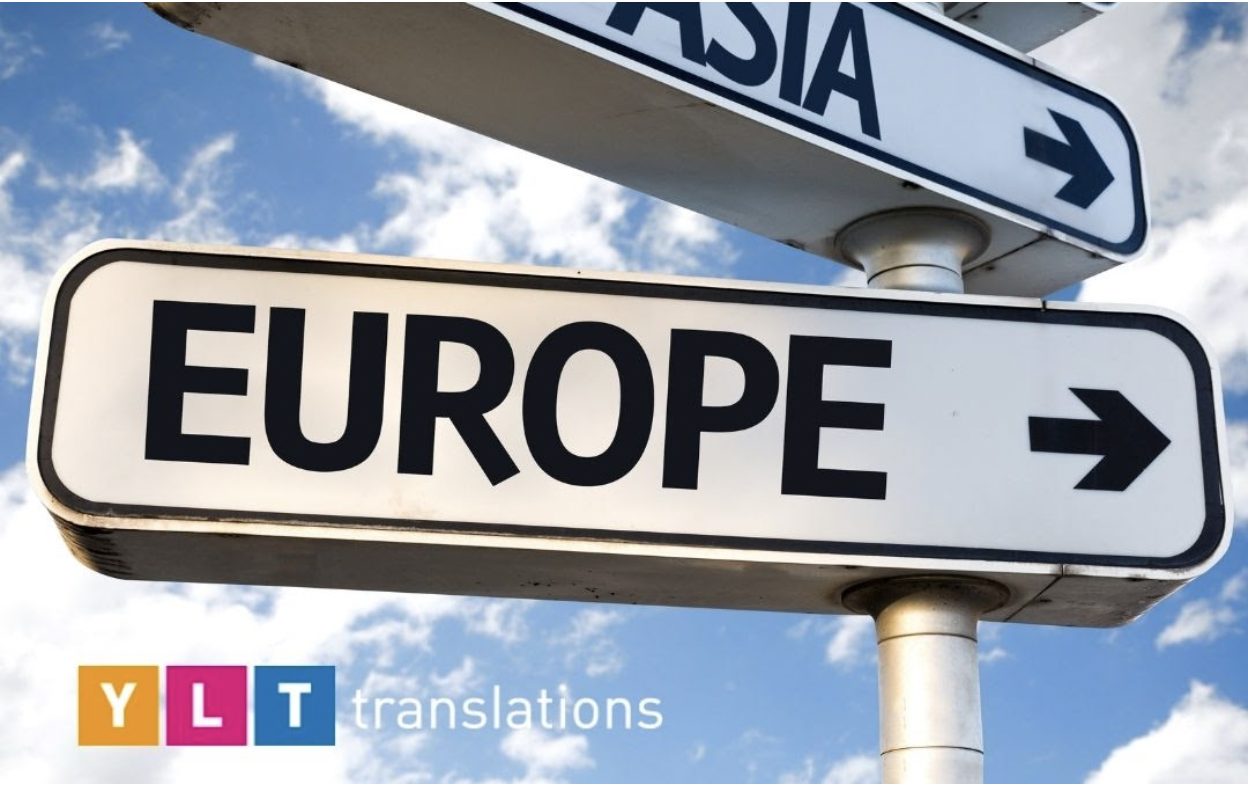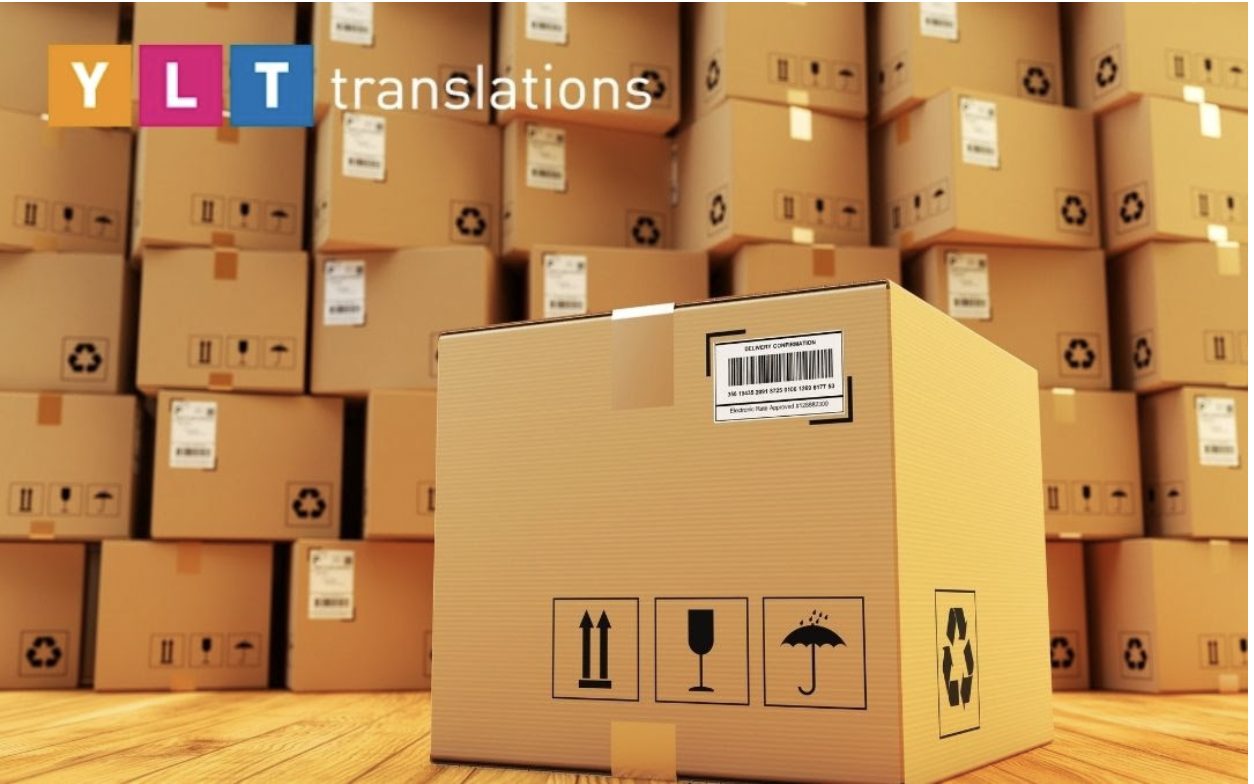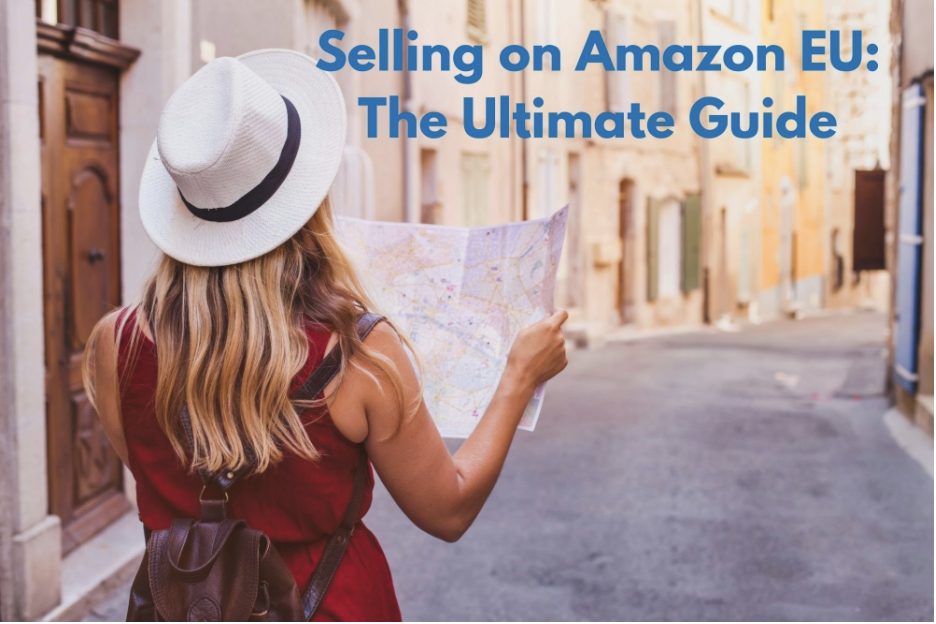Amazon Europe is a huge marketplace, it comprises five countries and customers that speak very different languages. The main countries that make up this market are the UK, France, Germany, Italy, and Spain. Selling on Amazon Europe can also make it easier for you to access the other EU countries.
This market offers a huge opportunity to sellers, but also comes with many challenges. Shipping, logistics, packaging, and Amazon listings are just a few of the considerations you’ll need to address when entering this market. Let’s take a look at these issues and how you can solve them to enter this lucrative new market successfully. This is the Ultimate Guide to selling in the Amazon Europe marketplace!

What Do you Need to Know about Inventory Storage and Shipping?
The first major decision you have to make is where you will keep your inventory. Choosing to keep your inventory in North America means that you won’t have to find new storage and logistics companies, and you’ll be able to keep your current tracking and shipping numbering. Unfortunately, shipping costs to the EU market start at $20 dollars and can skyrocket to hundreds depending on what you’re shipping. This becomes expensive quickly and will probably price you out of the market.
Your best option is to send your inventory overseas and either store it in a centrally located warehouse that ships to all of the countries in the EU marketplace, or store your inventory in multiple countries. A central storage facility cuts down on storage costs but comes with higher shipping rates. Multiple locations cut down on shipping costs, but your storage costs will be higher. Which of these models you choose will have to depend on what you’re selling (how big it is and how easy it is to ship) or who you’re primarily selling to. If you do the majority of your business in Germany, it may not make sense to also have inventory in Italy.
If you decide to go with multiple storage locations, you may want to consider partnering with a 3rd party logistics company. This option doesn’t always qualify for Prime, but it can cut down significantly on your storage costs.
Amazon also offers FBA models that allow you to keep all of your inventory in either centralized or multiple locations. You can choose; The European Fulfillment Network or the Pan- European FBA. With both of these options, your products will be eligible for Prime and with the Pan European FBA you are able to pay fulfillment fees at the local rate, which again, can be a pro or con depending on where you’re doing most of your business.

What You Need to Know About VAT and Importing Products?
All products sold in the EU market must have a Value Added Tax (VAT) number and an Economic Operator Registration and Identification (EORI) number.
The VAT is a sales tax that’s included in the price of your product. In North America sales taxes are added at the end of a transaction, in the EU it MUST be included in the price, so make sure to adjust your products accordingly. You’ll report and pay your VAT using your VAT number.
The EORI is required by Amazon for any products using FBA services in order to import goods into the EU. It tracks and registers customs information.
Packaging for the EU Market
Now that you’ve got your inventory management, logistics, and product importing sorted out, you’ll need to make sure that your packaging is appropriate for the EU Market. The EU has even more product packaging and labeling laws than North American. It’s very important to get the labeling correct so that you aren’t subject to costly changes or fines. It’s recommended that you hire a lawyer to help you with this process. The cost of the lawyer will more than makeup for the headache of shipping out mislabeled products.

How to Navigate Product Listings in the EU
Your product list is one of your most important marketing tools. If you don’t take the proper care to tailor them to each individual market, you run the risk of losing customers to sellers that do.
Imagine you’re a Spanish customer shopping for a product and your choice is between one with an english listing, an Amazon product listing that’s been translated but the word choice hasn’t been modified, and another that has been translated by a professional translation service, taking into account local slang, dialect, and customer preference.
Which Amazon product page will you choose to purchase from? Likely they’ll choose the last one, even if it’s a bit more expensive. This is because you believe you’re more likely to believe the seller is local and that you, as a customer, are likely to receive professional help or assistance with any issues you encounter. Thankfully if you’re using FBA in the EU, your customers will have access to Amazon’s multi-lingual customer service team, though often customers won’t realize this and make the choice that resonates most with them.
If you want to be successful in a new market, taking care to ensure your Product Listings are professional, relevant and targeted to the specific EU market you’re selling in is key. You’ll want to also take into account cultural differences in Amazon SEO listing keywords and phrasing. For instance, customers in Germany prefer simple and straightforward copy, while in Italy they prefer a more descriptive product listing. Using an Amazon EU Listing Optimization Service or hiring a local copywriter is a must. Make sure to also have them update your Amazon keyword optimization for each regional listing.
Final Thoughts
There are so many considerations when entering any new market. With this guide, you can make the decisions that work best for your business and give you the best chance of success.
When it comes to launching in new markets, getting an Amazon listing optimization service for packaging, product listings and Amazon keyword optimization are well worth the cost. Using a Professional product translate service is an often overlooked, but vital part of your marketing strategy, specifically when expanding into new markets.
Take a look at YLT Translations and see how we can help you improve your translations and your sales.
